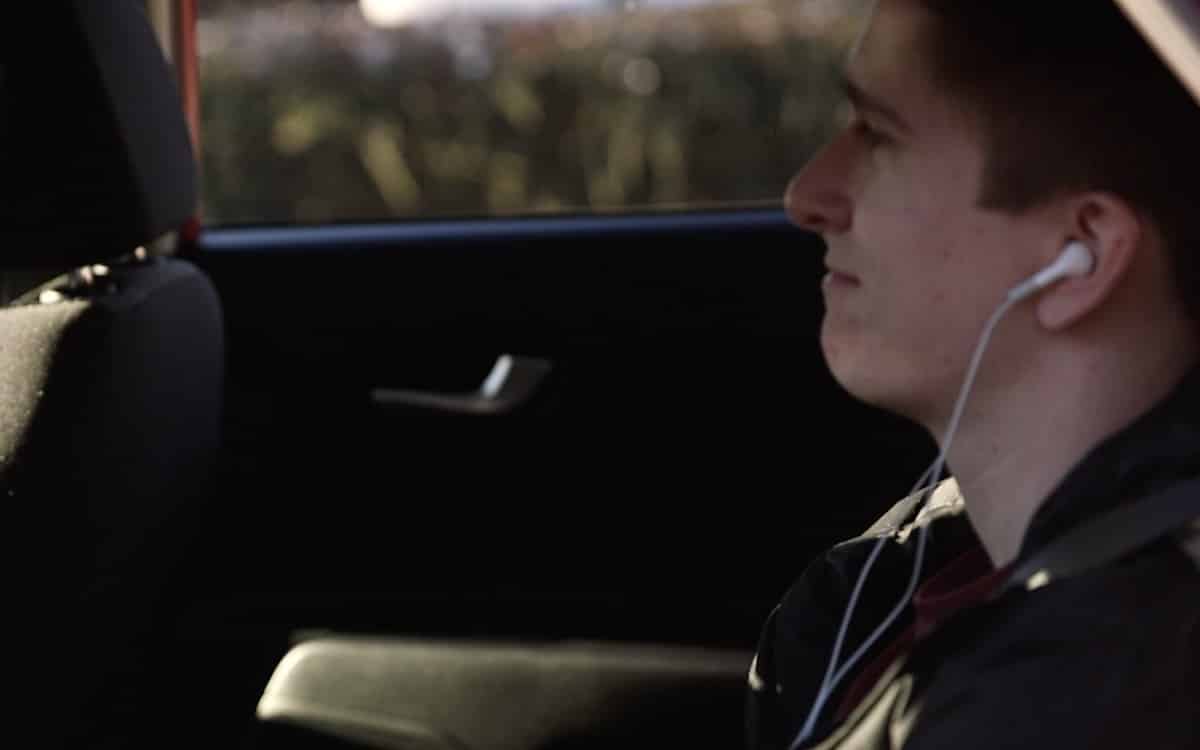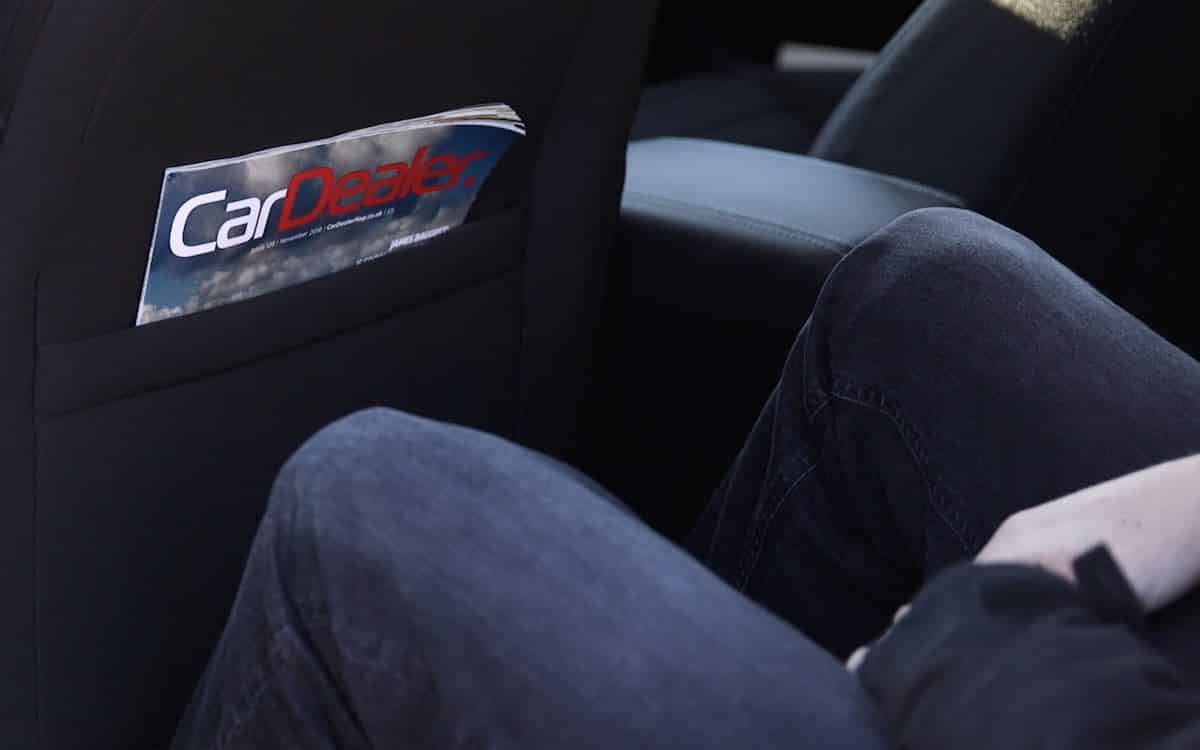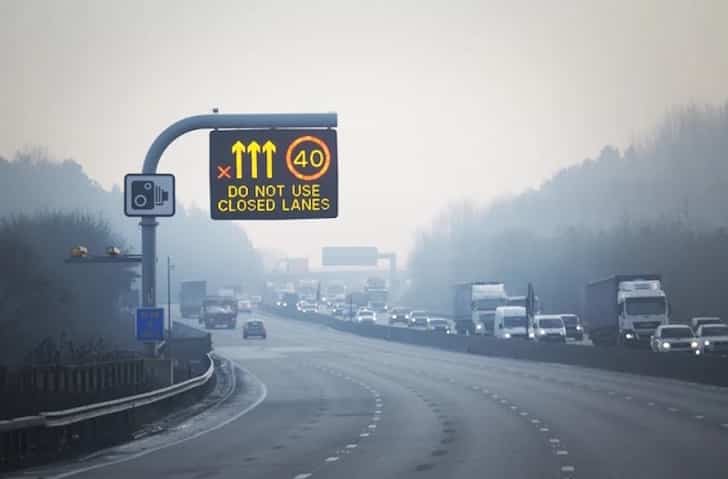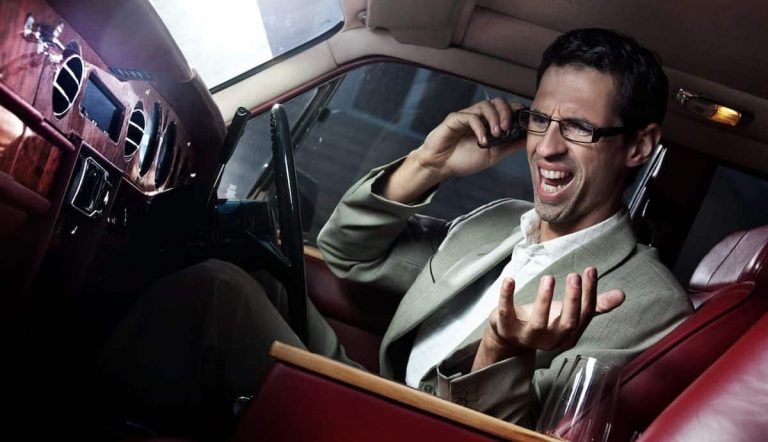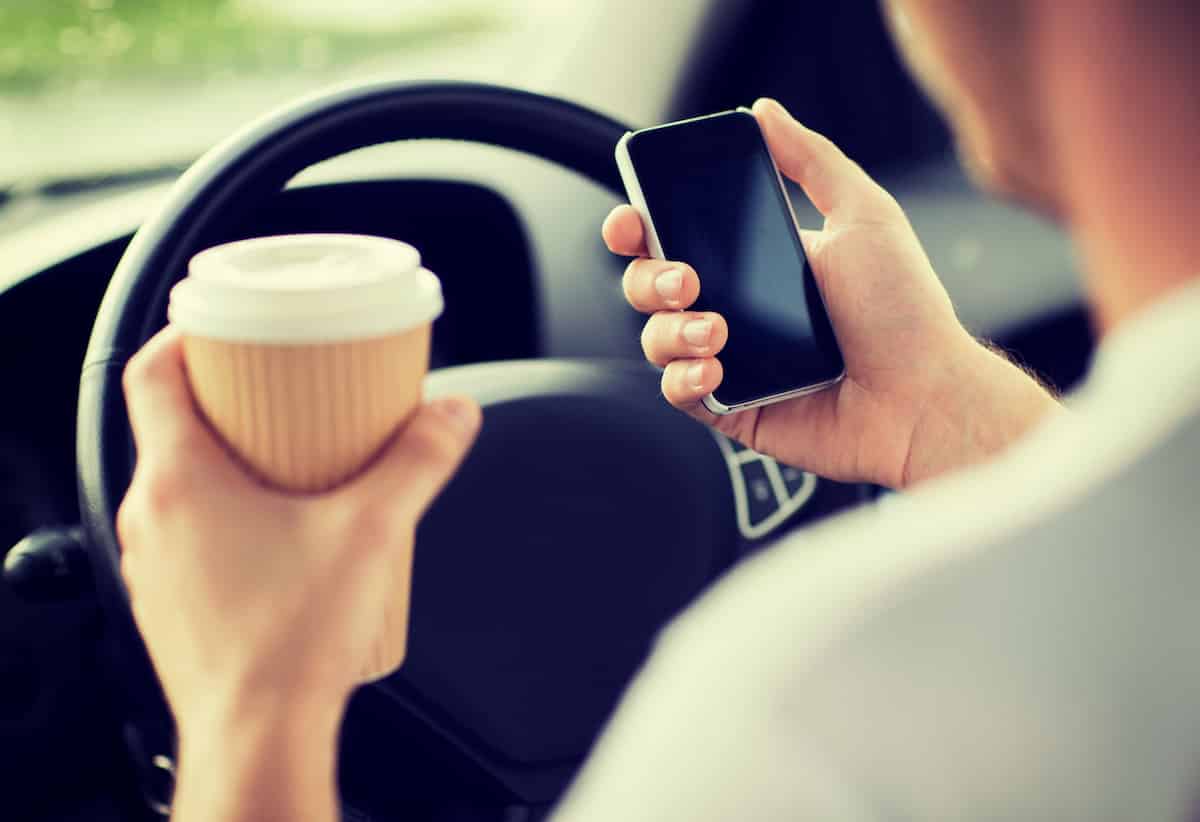Car sickness is a common problem for many of us. If you’re prone to feeling unwell in a car, even the thought of a long car journey can make your stomach turn.
According to the RAC, one in five people experience symptoms of car sickness, and it’s even more common in children. So it’s something most people have either experienced themselves or had to clean up at one time or another.
Once car sickness sets in, it can be really difficult to recover properly. As with most things, prevention is better than cure – so follow these tips from the start of your journey rather than after you already start to feel ill, as by then it may be too late to prevent your breakfast coming back up again.
One of the key factors in any form of motion sickness – whether it’s in a car, boat or even playing a video game – is a difference between what your eyes and ears are each telling your brain. Most of these tips are ways to try and get your eyes and ears in sync again, which will help to calm the signals being sent from your brain to your stomach.
If you’re one of those who are susceptible to car sickness, or have kids who seem to suffer it a lot, fret no longer. There are some things you can do to help, although it affects everyone differently and therefore the solutions that work best for you may be different too.
We’ve put together this list of tips for keeping a queasy stomach under control on a road trip. Follow them right from the start and you’ll have a much better chance of a happy journey.
Pick the right seat
One way to avoid car sickness before even setting off can simply come down to picking the right seat. Minimising perceived motion can be very effective in countering symptoms, and there’s no better place to do that than in the front.
Sitting in the back of a car and staring at a stationary seat in front can trick your brain to think you’re not moving, but the sound and balance signals from your ears will cause confusion in your brain — resulting in the feeling of sickness. Sitting in the middle seat if you must be in the back can help counter this, too.
If you have a car full of people on a long trip, try to rotate everyone’s seating position during the journey so each passenger gets some time up front.
Eyes ahead on a fixed point
This is aimed more at passengers than drivers but looking outside the car on a fixed point is another easy way to help counter the effects of motion sickness.
Looking at passing objects or cars travelling the other way will enhance the effects — so instead, look to fix your eyes on one constant thing, like the road ahead as it stretches out to the horizon.
If you’re helping children, direct their attention to major scenery points ahead in the distance rather than those right by the roadside that will flash past rapidly. In other words, count windmills from wind farms up ahead rather than cows in the paddock alongside.
Fresh air and good ventilation
Just like any kind of sickness, breathing fresh air will do wonders to help. Open a window to let it circulate around the car, and have the air conditioning on to keep the cabin well-ventilated and well-cooled. If you have a sunroof, popping that open can help to circulate air as well.
If you’re opening a rear window, you’ll probably need to open at least one front window as well to prevent the annoying buffeting that is likely to result.
Close your eyes and take deep breaths
Sometimes, it’s easier to just pretend you’re not travelling. Closing your eyes can shut off the visual cues of motion that can freak your brain out while focusing on your breathing will distract your mind from everything else.
This tip tends to get mixed results and may not be that useful once you’re already starting to feel nauseous. It’s definitely best to try in the early stages, when you’re not feeling quite right but your stomach is still relatively calm.
Obviously, this tip is only aimed at passengers. We don’t generally recommend that drivers closer their eyes while behind the wheel…
Distract yourself
Similar to our previous tip of closing your eyes, distracting yourself by other means can help with reducing the symptoms of car sickness. Chatting to other people in the car or listening to some talk radio (or an audiobook) can help.
Some people find listening to music through earphones can be a particular benefit, rather than through the car stereo as you normally would. As well as the distraction element of having songs to concentrate your mind on, earphones can help to block out some of the external signals to the ears that contribute to motion sickness. It’s definitely worth a try.
For kids, a game like “I Spy” can also help distract their attention away from their discomfort.
Think about your food choices
If you’re prone to car sickness, eating a heavy meal or drinking alcohol before getting into the passenger’s seat, or even while there, could heighten your discomfort.
Eat and drink well in advance of your journey, and pack light snacks for the trip if you’re in need of something to eat.
Put the book or phone down
While distracting yourself can help with motion sickness, some ‘distractions’ will only serve to make it worse. As mentioned before, fixing on a static object in the car can mess with your senses — and as a result, reading a book or playing on your phone or tablet while on the move can only worsen things.
Take a break
A lot of these tips will help delay the onset of car sickness, but once it takes hold it can be very difficult to recover. In this situation, the best cure is usually to be stationary and out of the car altogether.
On longer journeys, taking frequent breaks can minimise the chances of symptoms worsening — and also gives you a chance to take in some fresh air.
Use this chance to grab a drink or a light bite to eat, too. Stretch your legs with a quick walk and let the kids run around for 10-15 minutes to get the circulation going again.
Seek medical advice for your car sickness
No matter how hard some try, car sickness just won’t go away. In this case, it’s worth speaking to your doctor or pharmacist, who may prescribe you with appropriate medication to ease the symptoms.
This can affect you more as you get older, and you may find that your tolerance for car journeys decreases over time. As with many other balance-related issues, the ears are key to avoiding or suffering from car sickness, and this is something that becomes more of an issue as we age.
Summary
As we said at the top of this article, prevention is always better than cure. Actively managing your behaviour (or your kids’ behaviour) on a car trip can help to prevent the onset of car sickness, or at least help control your queasiness.
Once your stomach starts trying to turn itself upside-down, there’s no easy way out and you’re pretty much consigned to a miserable spell by the roadside. So plan ahead and everyone will enjoy the journey a whole lot more.
This article was first published in November 2018. Most recently updated November 2019.





